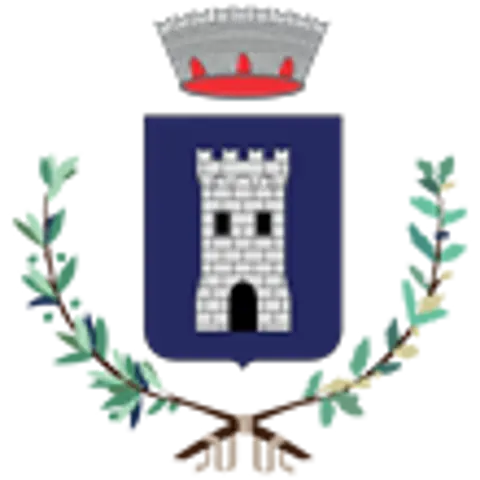Chiesa di Santa Maria della Neve
La chiesa sorse nella seconda metà del XV secolo, fuori dal paese. Fu voluta dagli abitanti di Pisogne. Nella prima metà del XVI secolo la chiesa fu affiancata da due porticati di cui non rimane traccia sul lato nord, mentre quello sul lato sud fu trasformato in cappella del convento dei frati Agostiniani, insediatisi a Pisogne ne1 1588.
Il pannello tattile di questo cartello rappresenta la posizione del cartello turistico rispetto all’area circostante. Il piccolo cerchio rappresenta il pannello che si trova davanti a voi, mentre alla vostra destra si trova la chiesa. La croce vi permette di capire come sia posizionata la chiesa, poiché il braccio lungo della croce rappresenta il lato lungo della chiesa, la quale ha una forma rettangolare e si fonde nel complesso monastico accanto. Gli altri rilievi rappresentano gli spazi urbani, con il livello più basso del rilievo potete seguire l’andamento del sagrato davanti alla chiesa e le strade circostanti.
La semplice facciata è dotata di un elegante portale con rilievi. La decorazione ad affresco copre tutta la facciata: sotto gli archetti pensili sono visibili ritratti a mezzo busto. Gli archetti proseguono lungo la parete nord. Tutta la decorazione dell’esterno è attribuita al pittore Giovanni Pietro da Cemmo, attivo nella seconda meta del ‘400. La parete laterale esterna della chiesa era sede di alcuni grandi affreschi del Romanino di cui restano pochi frammenti strappati ne1 1878 e conservati nel presbiterio. In seguito agli strappi è emerso un interessante dipinto che raffigura la “Madonna dei Mestieri” dove sono rappresentate le attività lavorative che si svolgevano a Pisogne alla fine del XV Sec.
L'interno è ad una navata coperta da volte a crociera e riceve luce dall'occhio circolare posto in facciata. Intorno al 1533 Romanino intraprende i lavori di affresco della navata. Al tempo è il più dotato artista bresciano in grado di dipingere ampie superfici a fresco. Il ciclo rappresenta in modo molto suggestivo scene della Passione e Morte di Gesù.

